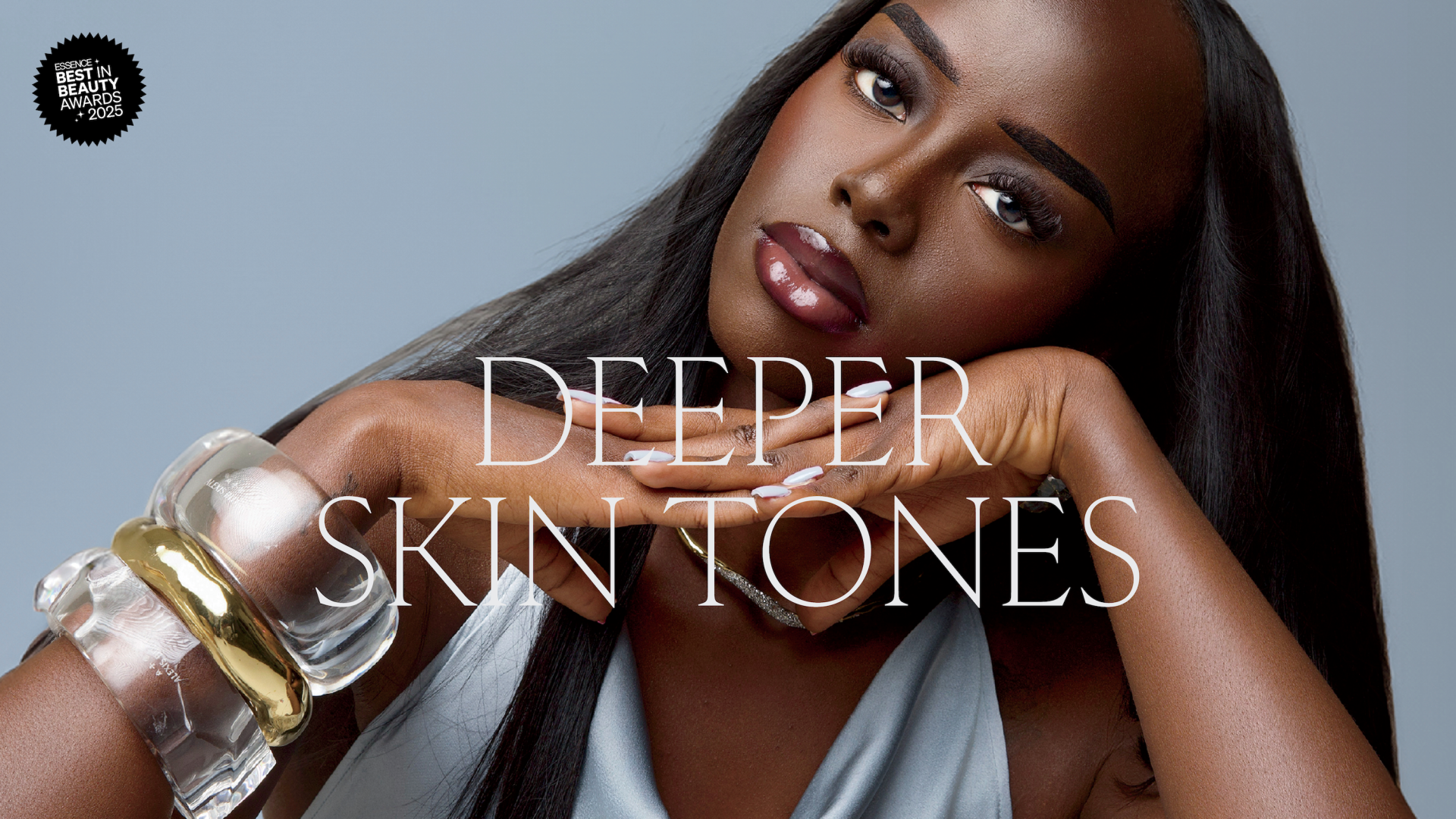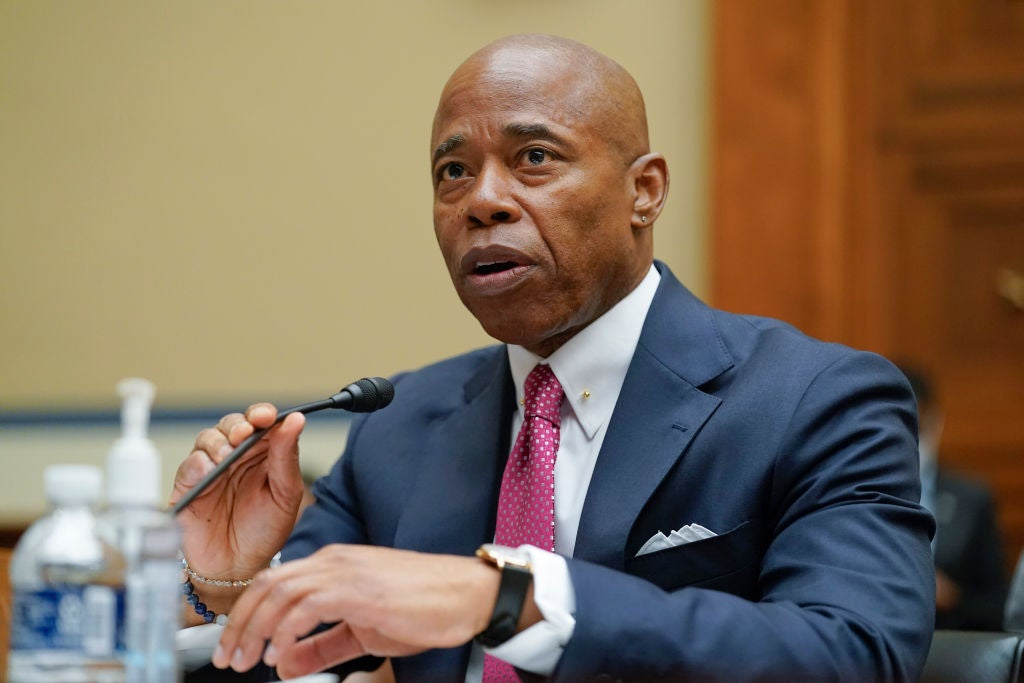
Walking through drugstore aisles, content creator Golloria George, 24, would see rows of shades for lighter skin but barely anything for deeper tones. She felt like she was being sent a glaring message: “This isn’t for you.”
At the core of the beauty industry, unfortunately, lies colorism. While most brands offer upward of 40 shades in a line, darker shades aren’t offered in the same number of undertones, nor colors, as lighter shades. “It wasn’t just frustrating—it was alienating,” George says.
And the makeup aisle wasn’t the first place where the refugee from South Sudan was exposed to the price of having darker skin. After moving to the United States at age 5, George went to school in Texas. In the midst of dealing with her displacement, she was also the only Black student in her class, which left her feeling isolated as the darkest shade in the room.
“Growing up with limited access to necessities, I learned early on how to make the most out of very little,” she says. “It was a constant balancing act—surviving while striving for something greater.” For years, finding a shade remotely appropriate for her skin often required her to do the beauty brand’s job. She either wasted money, buying multiple products to mix, or was forced to wear tones that didn’t compliment her own.
So she exposed the issue. “I started creating content to highlight the beauty of darker skin tones and call out the gaps in the industry,” she says. In her viral digital series, The Darkest Shade, she swatches the
deepest shades offered by beauty lines. On her platform, which has over 3 million followers, she tests, reacts to and reviews some of the most popular makeup products in the beauty industry.
In one viral video—which received over 3 million likes and 23,000 comments, and was featured in over 10 publications—she reviewed Youthforia infamous Date Night Skin Tint Serum Foundation. The darkest shade of the makeup product offered was shade 600—it contained just a single pigment: black iron oxide. She compared the “jet black” color, devoid of undertone, depth and dimension, to “black face paint.” Her video became one of beauty’s biggest inclusivity stains of 2024.
Along with foundation, blush has been under fire for being incompatible with darker skin tones. George’s review of YSL Beauty’s Make Me Blush received racist backlash, which pushed her to log off for almost two weeks due to emotional trauma. “The Internet has become an increasingly violent space, particularly for dark-skin Black women,” she wrote in a social media statement. “It’s heartbreaking and harmful to constantly confront the overwhelming colorist, anti-Black and racist rhetoric that’s directed at us by the masses.”
With content-creator marketing on the rise, it is increasingly common for customers to buy a product if creators like George recommend it. In fact, 84 percent of consumers are more likely to trust a brand’s marketing campaign when user-generated content is featured; and 77 percent are more likely to buy a product they discovered through such content. While brands have to speak highly of their products, even at the expense of customers, creators don’t.
“The Black dollar holds immense value. It represents significant purchasing power within the beauty market,” says George. In 2023, Black Americans made up 12.5 percent of the total U.S. beauty market. That figure is rising each year—and despite economic uncertainty, Black consumers have long been heavily engaged with beauty and cosmetics.
“My work has had a noticeable impact on beauty brands, by pushing them to prioritize diversity and inclusivity in their product lines and marketing strategies,” George says. “Brands that engage with creators like myself often see a shift in their audience perception and sales.”
And while the current reality of shade inclusivity remains somewhat bleak, George is hopeful for the future. “As more Black creators share their experiences and needs, brands are becoming increasingly aware that offering a wider range of shades is not just a trend but a necessity,” she says. “Where you start isn’t where you have to finish, and I’ve carried that lesson with me into every space I’ve entered.”
Golloria’s Top Picks
Product photos: Courtesy of brands











